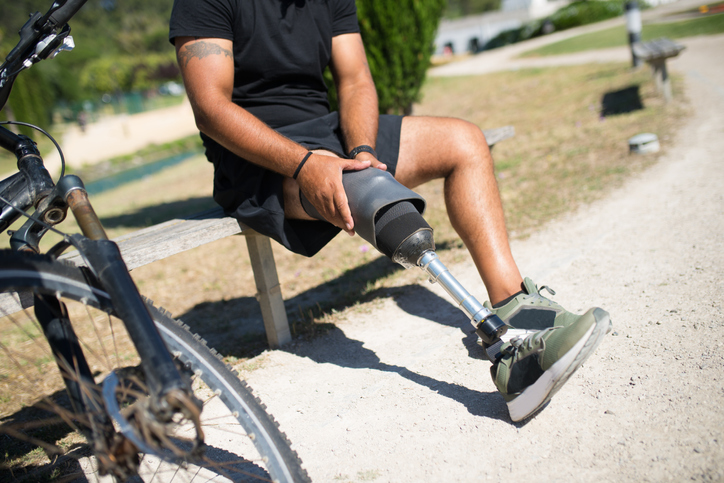
How Common Are Amputations in Australia?
The Australian Orthotic Prosthetic Association‘s demographics show amputees represent 1 per 1,000 individuals across Australia, and subsequently there are in excess of 20,000 amputees living in Australia.
What is an Amputation?
John Hopkins Medicine lists amputation as the loss or removal of a body part such as a finger, toe, hand, foot, arm or leg. The portion removed is decided by how well the injury will heal after the removal. Amputations can be planned and elective, but sometimes they can also be sudden, like if you are involved in a crush injury at work or are in an accident. It can be a life-changing experience affecting your ability to move, work, interact with others and maintain your independence.
Why do Australians get amputations?
According to Limbs4Life, individuals get amputations due to multiple reasons including cancer, vascular disease, trauma accidents, infection and birth deficiencies. In addition, some people will opt for amputation as a result of ongoing failed surgeries to gain a better functional and physical outcome.
What is recovery like for Australians with amputations?
The length of recovery depends heavily on how major the limb that is removed and the possible complications.
Rehabilitation is the most enduring effect of amputation – having to learn to adjust to a new lifestyle than that before. Rehabilitation for amputation wounds can include physiotherapy, occupational therapy and also psychological therapy. If you require prosthetics after surgery, there is also the added learning of how to prepare and adjust to this new limb.
Amputation affects everyone differently. This is only a small range of symptoms which people facing amputation may endure. More information on symptoms can be read on the Australian Government website.
The sudden life-changing surgery of amputation can have a heavy load, especially when trying to keep paying the monthly bills on top of recovering from major surgery.
What are some of the possible complications that can occur after an amputation procedure?
From HealthDirect, an amputation is a major surgery. Possible risks include:
- Heart problems, such as a heart attack
- Deep vein thrombosis (DVT)
- Slow wound healing or infection of the wound
- Pneumonia
- Stump and ‘phantom limb’ pain
- Pressure sores
Older people and people with hardening of the arteries are more at risk of serious complications, including death. Your surgeon will discuss all of these risks with you before you consent to the operation.
After the operation, some people develop contractures. These are where the muscles, skin, tendons or ligaments become stretched and stiff, limiting how you can move. The more you move and exercise, the less likely you will be to devel
What help is available for Australians living with Amputation?
Life after amputation is a lifelong journey. Help is also available for the mental health impacts of your condition. You should chat with your local GP to find the best mental health care for life after an amputation surgery.
Each person who has undergone amputation surgery will have new and different challenges to overcome. This may include learning to adjust to new prosthetics, wheelchairs or modifications in your home. You may be eligible for various funding, including a TPD Claim. Super Claims Assist can help explain TPD insurance and if you may be eligible for this through your super fund. We can help you – no win, no fee.
Find out more about Amputation in Australia

TPD Claims after Amputation in Australia
Learn about help through TPD Claims for Australians who’ve had Amputations


